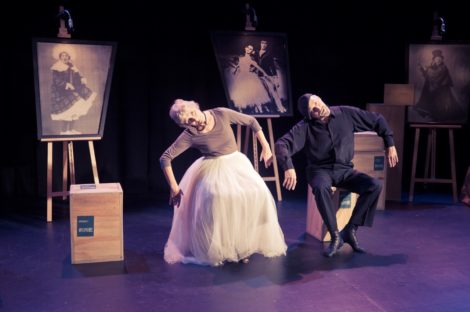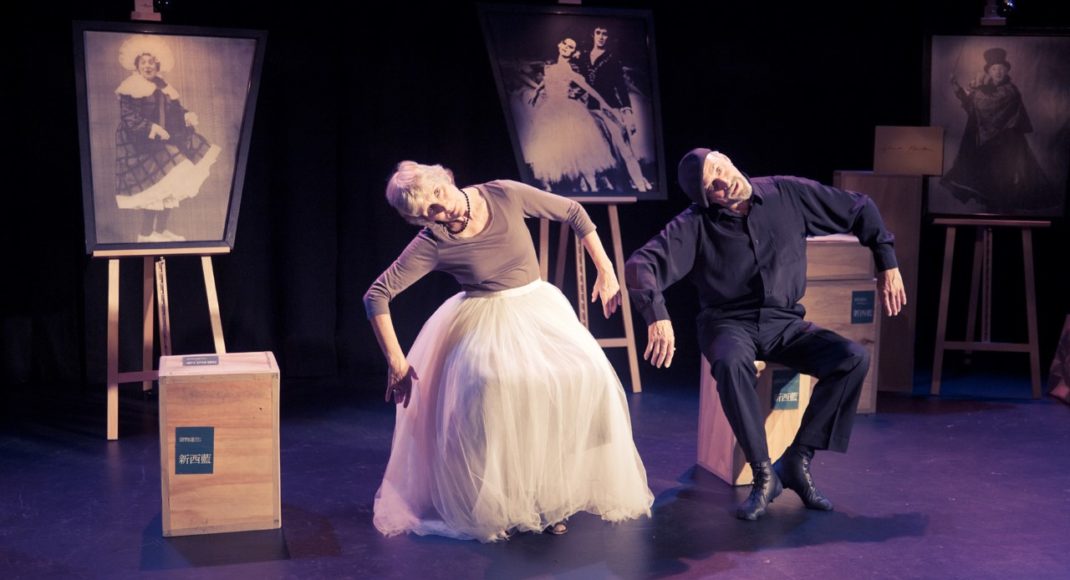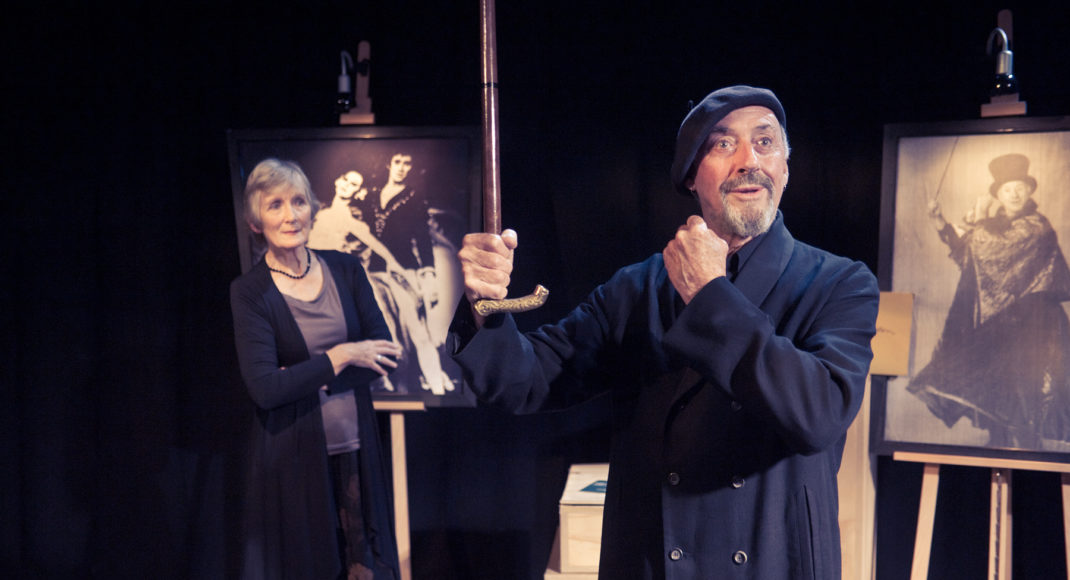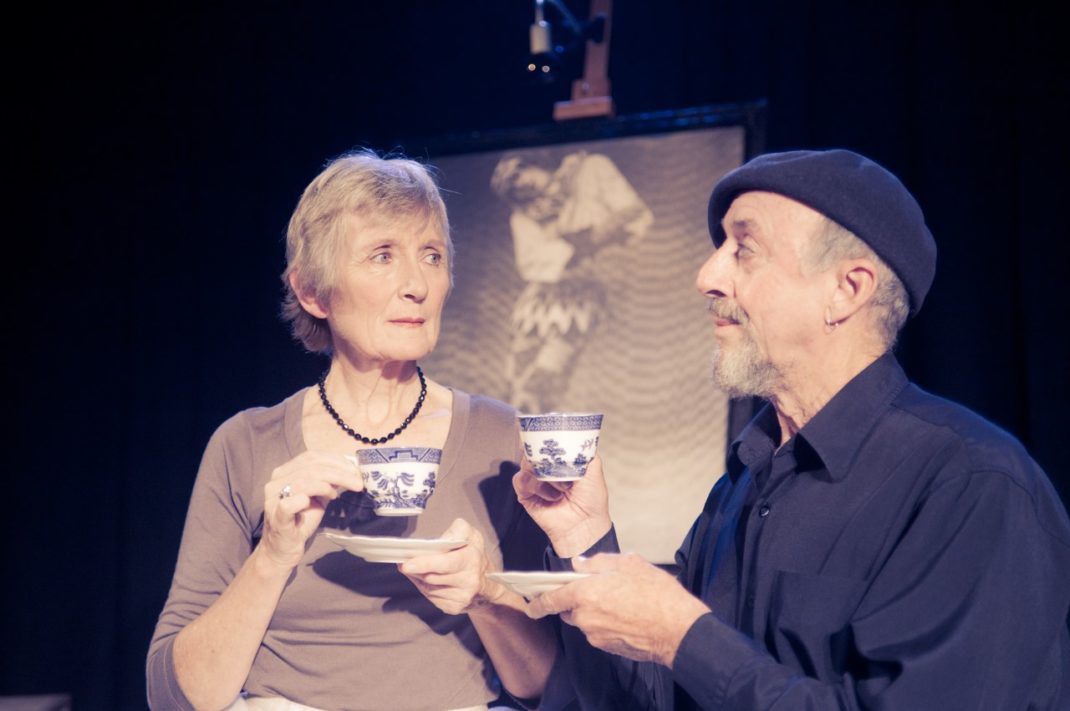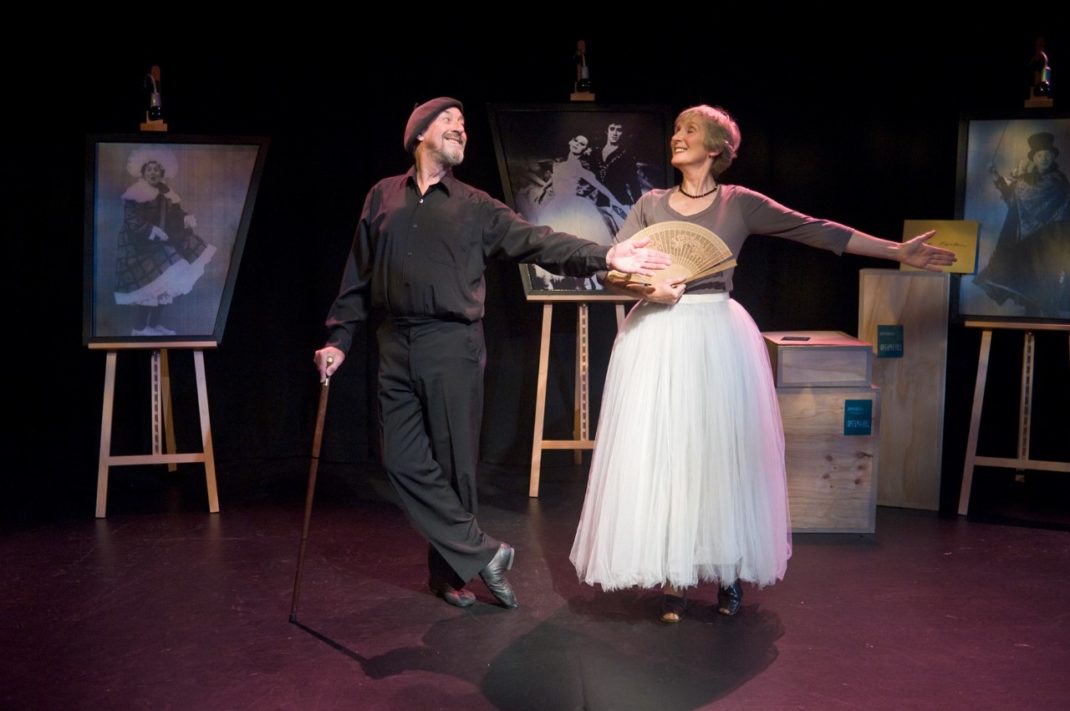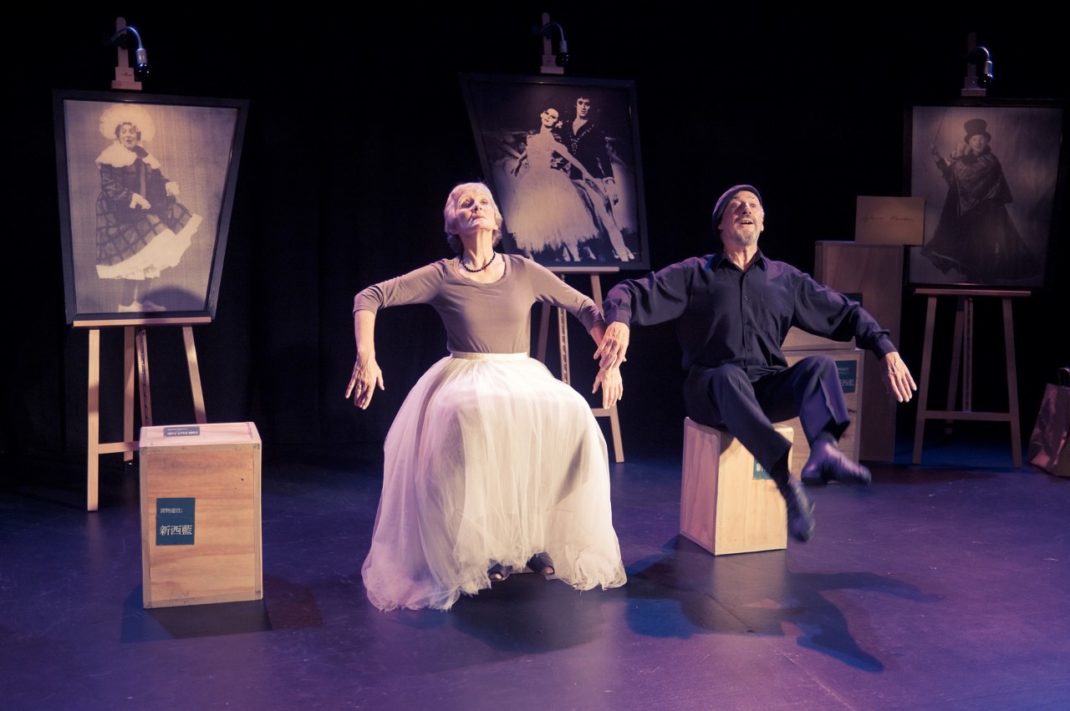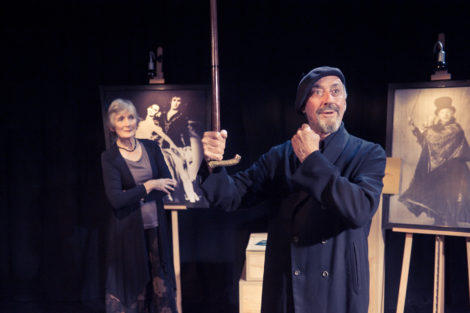Happy New Year to all readers of ‘On Dancing’—even though the weeks are passing, the year still feels new … but in saying that, might I add that we have all been following the numerous stories of courage and heartbreak as the summer fires in Australia have been taking such a terrible toll in the loss of life, and wreaking havoc to homes and livelihoods. Kia kaha. Find and take courage.
In reading Michelle’s highlights of her year, it is clear that Liam Scarlett’s Dangerous Liasons for Queensland Ballet was a standout. How disappointing that the earlier path which was set with his ballet A Midsummer Night’s Dream, in co-production between Royal New Zealand Ballet and Queensland Ballet, was not continued with this project. The team of Scarlett, Tracy Grant Lord in design and Nigel Gaynor’s truly wonderful amalgam of Mendelssohn’s score gave our company one of the very best works ever in its repertoire. That notion of collaboration between the companies had so much promise, both in terms of productions but also the possibilities of dancer exchange. All the ways that New Zealand can exchange and strengthen dance ties with Australia make sound common sense from artistic, economic and pedagogic points of view, and could only enhance international awareness of dance identity in our part of the world.
Outstanding memories of 2019 here in Wellington started with the interesting residency of Michael Keegan-Dolan and his ensemble of dancers, working also with local students or free-lance dancers as he began preparations towards the season of Mam, for the International Arts Festival this March. Alex Leonhartsberger in the cast is as compelling a performer as ever, and we welcomed echoes of Loch na h’Eala, the inspired Gaelic take on Swan Lake from this company back in our 2018 festival.
Other 2019 memories would include Andrea Schermoly’s Stand to Reason in an RNZB season; Victoria Columbus’ Fibonacci Series in NZDance Company season; the fresh setting for Orbiculus—NZSchool of Dance choreographic season; Sarah Foster-Sproull’s Orchids at Circa Theatre. Loughlan Prior’s Hansel & Gretel for RNZB showed him in command of all the forces needed for a full-length work and the choreographer/composer collaboration with Claire Cowan worked particularly well. Images of Paul Mathews in his role as The Witch remain impressive.
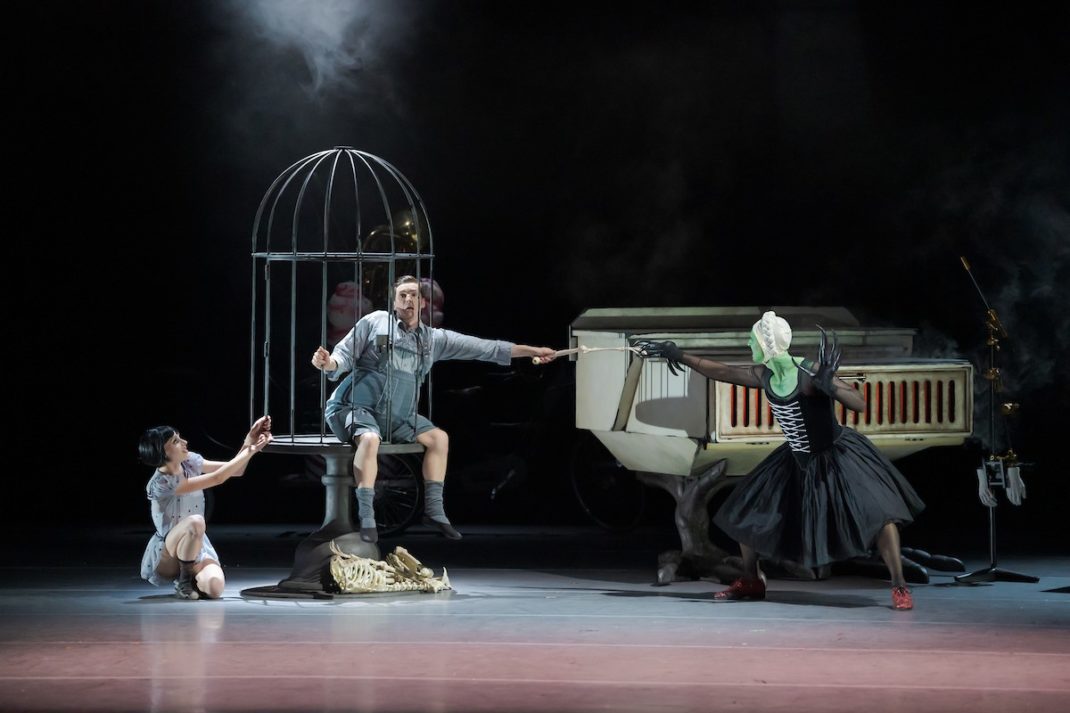
Another performance that lingers in the memory was that by NZSD student Rench Soriano, in Five Variations on a Theme, in their Graduation program. His career, unfortunately not local, will be one to watch. On that same program Raewyn Hill’s choreography Carnival.4, had a very strong presence. It is heartening to see earlier graduates from the School returning to mount works in the mature stages of their careers.
If I must choose my single personal highlight, it would be the last of the year—Meeting Karpovsky—the play by Helen Moulder and Jon Trimmer. Just the two of them in the cast but between them they offer a poignant and profound depth-sounding of what dance can be and mean to an audience. The work continues to hold its power and will not be forgotten by those who were drawn in to its mystery and alchemy.
The upcoming Festival will have a broad dance program, with high expectations for the Keegan-Dolan work, as well as the visiting Lyon Ballet in Trois Grandes Fugues—(three distinct choreographies to the same music, an intriguing idea) and Lucy Marinkovich’s Strasbourg 1518.
Happy New Year to all.
Jennifer Shennan, 13 January 2020
Featured image: Helen Moulder and Sir Jon Trimmer recreating a moment from Petrouchka in Meeting Karpovsky. Willow Productions, 2019. Photo: © Stephen A’Court
